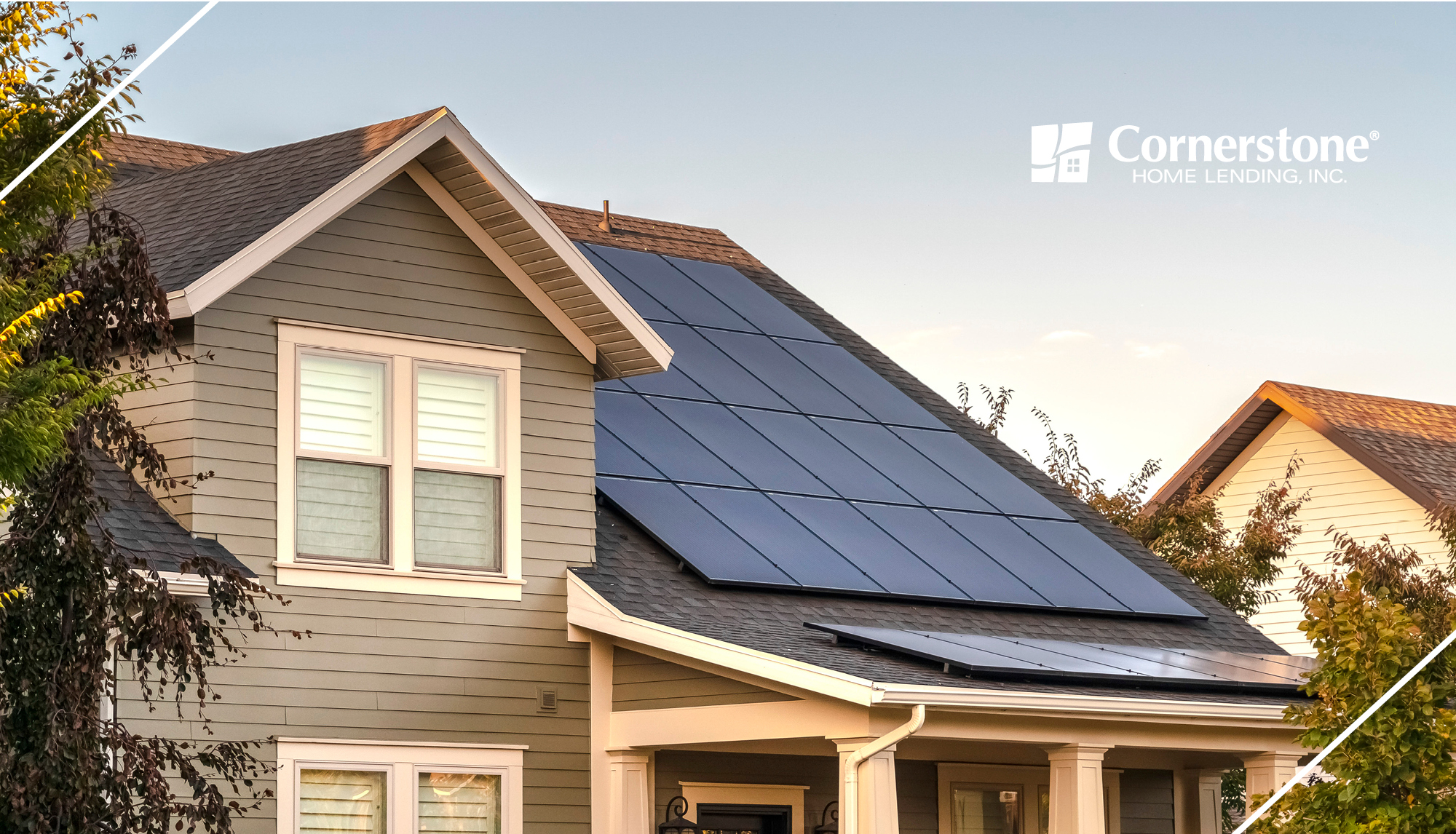If you solar-power your home, is it going to pay off? The answer to this question depends on the cost of solar in your state, how much sun exposure your house gets, and which tax credits you may be eligible for.
What is the cost of solar?
The good news: Solar power remains cost-effective because the cost of solar for residential properties continues to drop. Residential solar system prices have decreased by more than 70 percent in the last decade, the Solar Energy Industries Association says.
To put it in perspective, a residential solar system that cost $40,000 in 2010 may cost closer to $20,000 today.
For many homeowners, rising energy prices and the need to switch over to renewable energy at a global level may be enough motivation. But with any investment, it’s still smart to count the cost. Much of this cost hinges on you being a good “candidate” for solar.
You’re most likely to benefit from solar if:
- You’re a homeowner. You need to own a property to authorize the installation of solar panels, making you ineligible if you’re a renter.
- Your roof is in good shape. Solar panels can be installed on almost any roof material — as long as the roof isn’t damaged.
- Your roof is in the right position. South, West, and Southwest-facing roofs receive the most direct sun exposure, needed to generate enough energy for a solar system.
- Your home gets ample sunlight. Solar is common in sunny states like California and Texas; it’s also important that your house doesn’t get too much shade.
- You have other buildings getting sun exposure. If your roof isn’t optimal, solar panels could also be installed on shed, carport, and patio roofing that meets criteria.
- You want to cut your electricity bills. The average homeowner may save from $10,000 to $30,000 on energy (and take the equivalent of one car off the road a year).
- You’re going to stay in your home for a while. Though solar can help boost your home’s value, selling in the near future may not give you time to recoup your investment.
If you feel like you’re a good candidate, the easiest way to find out the cost of solar is to search for prices in your state. In Texas, for example, you may pay anywhere from $11,432 to $15,467 in upfront costs for installation, expecting to net from $14,086 to $19,057 in 20-year savings. The average payback period ranges from 9.3 to 12.6 years, with an electricity bill offset of 74 to 100 percent.
Upfront installation costs don’t include the federal tax credit you may be eligible for, enabling you to deduct up to 26 percent of the cost of solar installation.
How to calculate your solar payback period
The upfront cost of solar is likely to be worth it if you plan to stay in your home for up to 10 years and meet the other installation criteria listed above. If solar seems like a good fit, when can you expect to see a return on your investment?
Use this simple formula to come up with an estimate:
- (Total cost of solar system – any upfront incentives) ÷ (yearly savings + any annual utility/state incentives) = Your projected payoff period
This may look like:
- ($18,000 solar system – $5,400 in tax credits and state rebates) ÷ ($1,800 in yearly energy savings and state incentives) = 7 years
This falls just under the reported national average payback period for solar installation at around 8 years. There are also plenty of solar breakeven calculators that can make number-crunching easier. To use these, you’ll probably need to know how much your utility company charge per kW hour of electricity, as well as the amount you use each year.
The length of your payback period can range widely, from five to 15 years. Your breakeven point may fall on the shorter end if you’re able to secure a cheaper system and if your state has more upfront incentives. Some states, like Colorado, may even offer no-cost solar system installation for homeowners who qualify.
For most homeowners, incentives are where you’ll see the most payoff. California is a state known for its solar incentives, which may include a property tax exclusion for solar upgrades, a Single-Family Affordable Solar Housing (SASH) Program, and cashback from local utility providers.
Some states without incentives may offer Solar Renewable Energy Credits (SRECs), which can be sold through an aggregator back to your utility company.
Keep in mind that you don’t have to wait to see savings. After installation, you can expect to start reducing your energy costs immediately and potentially save several thousand dollars per year, depending on what you pay for electricity. Solar can also offer indirect financial benefits. The most recently available numbers show that a home with solar may see its value increase by 4.1 percent.
Cover your home improvements with your own cash
If you’re like most homeowners, you’ve accumulated thousands of dollars in equity. To pay for home upgrades, tuition, medical expenses, and much more, this growing equity can be converted to cash. Reach out to a local loan officer to find out how.
While refinancing could make a significant difference in the amount you pay each month, there are other costs you should consider. Plus, your finance charges may be higher over the life of the loan.
For educational purposes only. Please contact your qualified professional for specific guidance.
Sources deemed reliable but not guaranteed.

